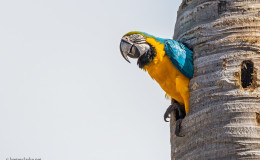
Blue and yellow Macaw
Blue-and-yellow Macaws usually mate for life. They prefer to nest in dead palm trees as is the case here in the Botanical Gardens and they feed on a wide range of fruits, particularly palm nuts and leafbuds.

Blue-and-yellow Macaws usually mate for life. They prefer to nest in dead palm trees as is the case here in the Botanical Gardens and they feed on a wide range of fruits, particularly palm nuts and leafbuds.
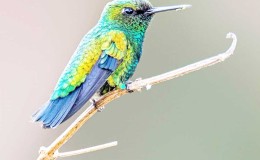
Male Blue-tailed Emeralds are mostly brilliant green with a dark blue metallic tail that appears black.
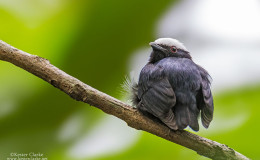
The White-crowned Manakin like others in its family is a small, compact bird and is found throughout the Guianas.
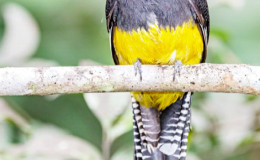
The Green-backed Trogon inhabits dry and humid forests and can often be found near forest edges where it eats fruit and sometimes insects.
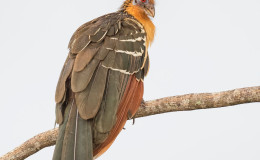
The Hoatzin (Opisthocomus hoazin), also known as the Stinkbird, or Canje Pheasant is the national bird of Guyana.
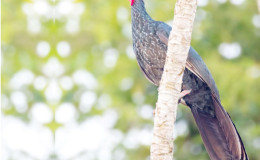
Spix’s Guan resemble turkeys in their size and shape and are named after a 19th century bird scientist who collected the first specimen in neighbouring Brazil.
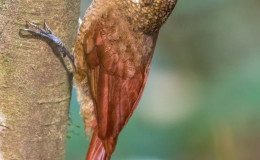
The Amazonian Barred Woodcreeper is very similar to other woodcreepers in the family, but is noticeably larger.

The Bananaquit has dark grey upperparts, and a black crown with a white eyestripe.
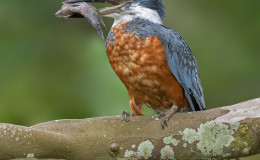
(Megaceryle-torquata) Ringed Kingfishers breed near bodies of water and make use of overhanging perches to watch for fish before plunging head first into the water.

(Picumnus spilogaster) in the Botanical Gardens, Georgetown. Photo by Kester Clarke (http://www.kesterclarke.net)
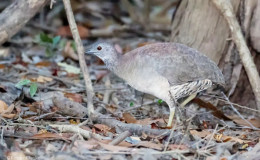
The Undulated Tinamou is a greyish ground bird that is more frequently heard than seen, with its distinctive 3-note call.

The Gray-headed Kite is a large raptor with a blueish-gray head, white chest and underparts and a black tail with white barrings.

In his highly anticipated address to the United Nations General Assembly today, President David Granger focused exclusively on the border controversy with Venezuela charging that Caracas was trying to deny Guyana its birthright and calling on the UN to fulfil its pledge for collective security for small states.
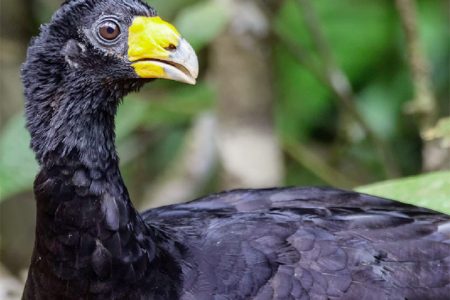
Locally known as the Powis, the Black Curassow spends most of its time on the forest floor in search of fruit and insects.
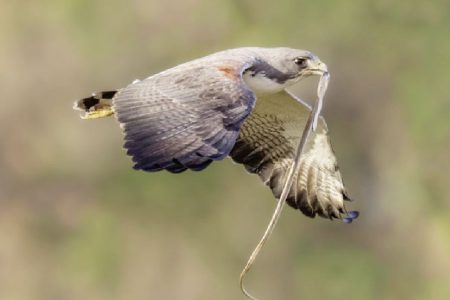
The White-tailed Hawk is a stocky, long-winged, long-legged polymorphic hawk that feeds on small vertebrates and invertebrates, including snakes, lizards, young rabbits, rats and frogs.

Sun Parakeets or Sun Conures are stunning yellow-orange birds with wings featuring a mix of yellow, green, and blues.
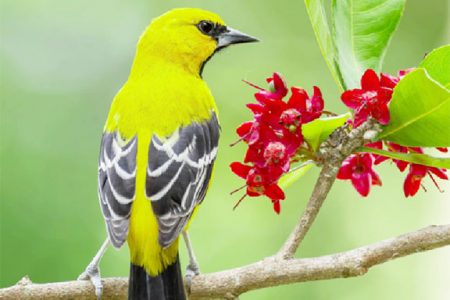
The Yellow Oriole is also called the ‘plantain’ and ‘small corn bird’.

Yellow-rumped Cacique A Yellow-rumped Cacique (Cacicus cela) singing at a colony near Hauraruni Creek, Soesdyke/Linden Highway.
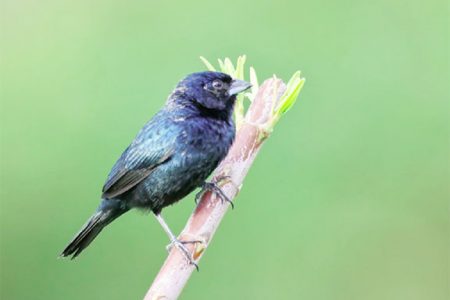
Blue-black Grassquit (Volatinia jacarina) Males of this species have a jumping routine with a persistent call, usually from a fence post or

A Spotted Puffbird (Bucco tamatia) photographed at 3Vs in Kuru Kururu, Soesdyke The Spotted Puffbird is often found near forest edges.
The ePaper edition, on the Web & in stores for Android, iPhone & iPad.
Included free with your web subscription. Learn more.